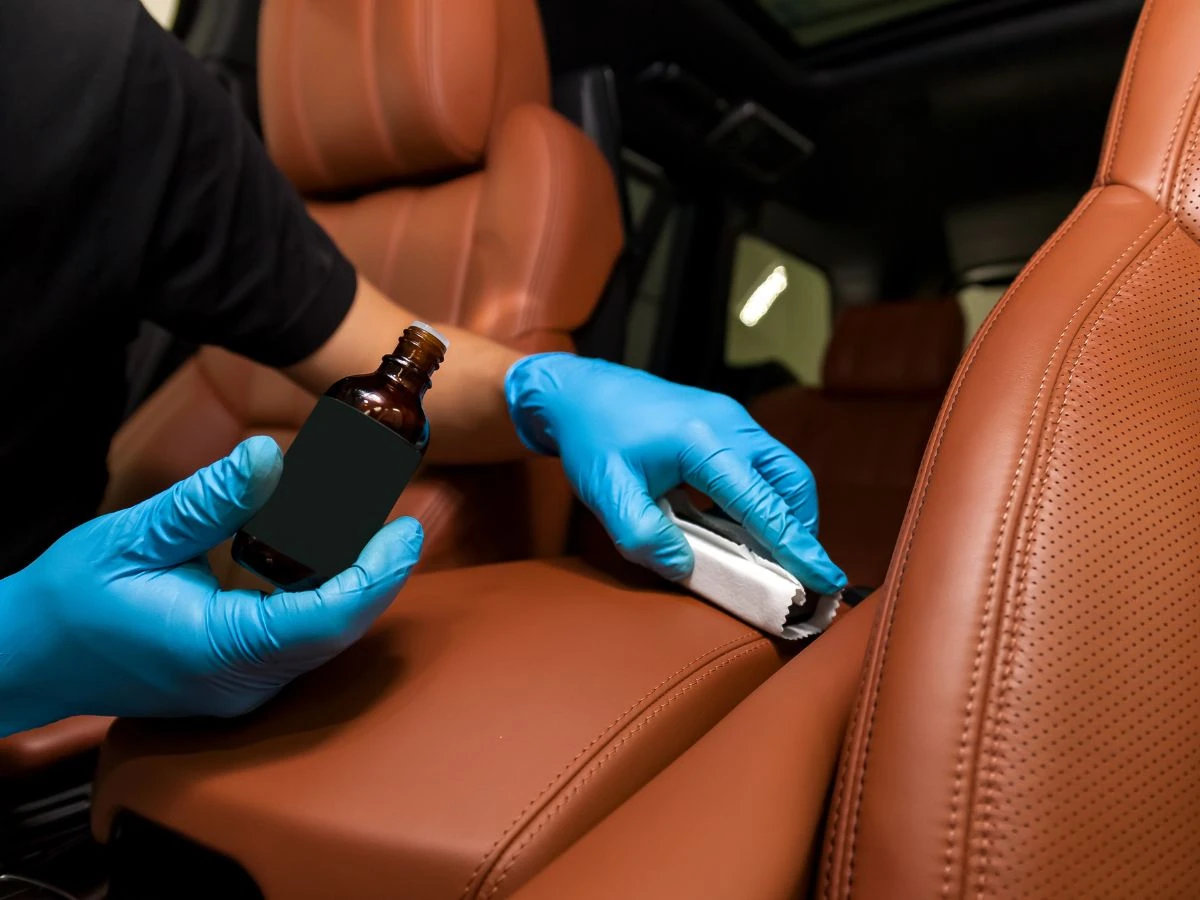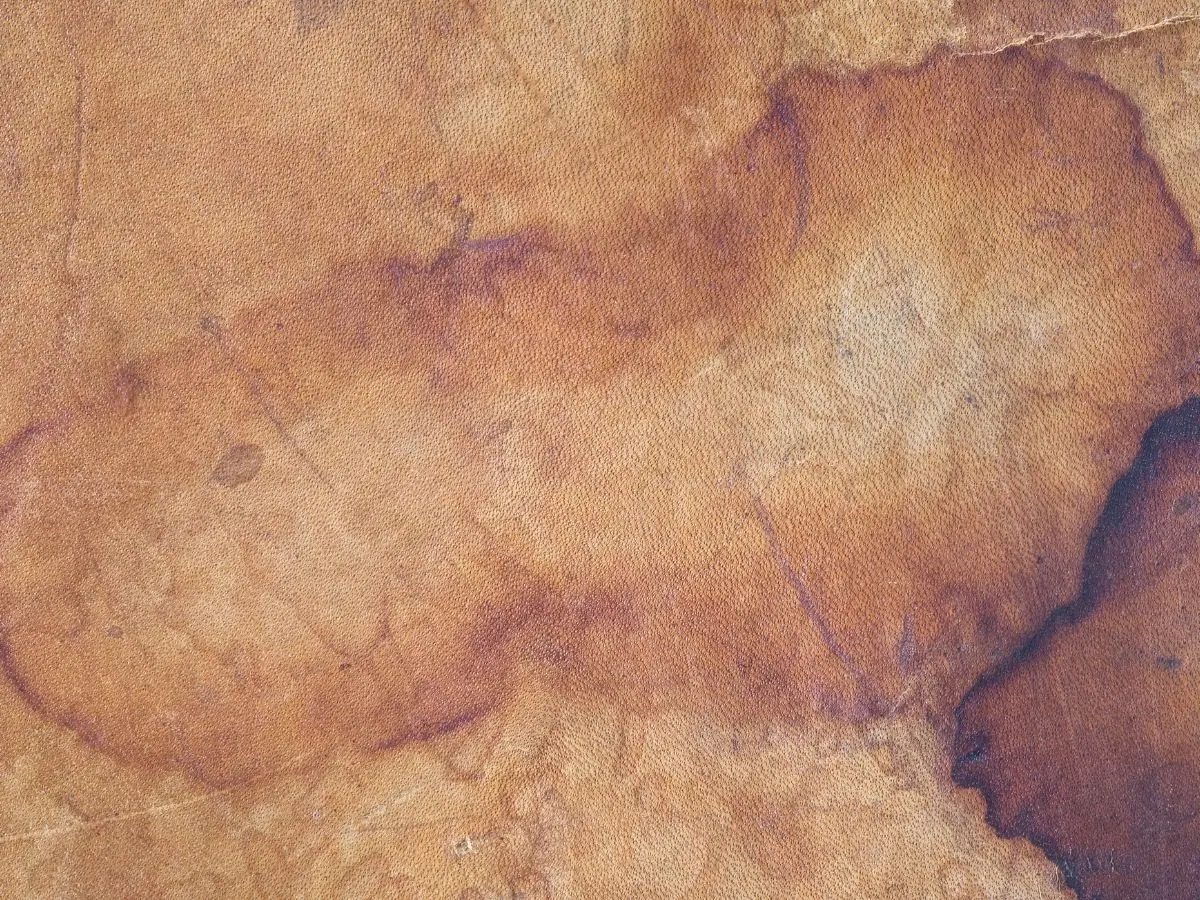Leather couches represent both a significant investment and a statement piece in any home, making leather furniture reupholstery an important consideration. The rich texture, sophisticated appearance, and unmatched comfort make leather upholstery a popular choice among UK homeowners. However, without proper care, even the highest quality leather can deteriorate prematurely. With consistent attention and appropriate techniques, your leather couch can maintain its beauty, structural integrity, and long lasting quality for decades.
Understanding Your Leather Upholstery
Before diving into care techniques, it’s essential to understand what type of high quality leather covers your couch, as different varieties require specific approaches to maintenance.
Full-grain leather contains the entire grain layer with natural markings. It develops a beautiful patina over time but requires regular maintenance to prevent drying and cracking.
Top-grain leather has had the outermost layer sanded to remove imperfections. While more uniform than full-grain, it’s still durable and somewhat resistant to stains.
Split leather comes from the lower layers of the hide and often has an applied surface texture. It’s less durable than full or top-grain options.
Bonded leather consists of leather scraps mixed with adhesives and applied to a fabric backing. Though affordable, it’s prone to peeling and cracking.
Check your furniture tags or documentation to identify your leather type. If these aren’t available, examine the texture and flexibility. Full-grain shows natural markings, top-grain appears more uniform, and bonded leather often has a consistent pattern pressed into the surface.
Essential Daily and Weekly Leather Care Routines
Dust and Debris Management
Regular dusting emphasises the practicality of preventing dirt particles from settling into leather pores. Use a soft, dry cloth or a vacuum cleaner with a brush attachment on low suction. Pay special attention to seams and crevices where debris accumulates.
For weekly maintenance, gently wipe the entire surface with a slightly damp cloth, followed immediately with a dry cloth.
Tackling Surface Cleaning
For routine cleaning beyond dusting, use products specifically formulated for your leather type. For most genuine leather furniture, mix a few drops of mild soap with distilled water. Apply with a clean, soft cloth, wrung out until barely damp.
Work in small sections using gentle circular motions. Immediately dry each section with a clean towel before moving to the next area. Never allow water to soak into leather. This method ensures a smooth and uniform finish on your leather surfaces. While these DIY methods work well for regular maintenance, heavily soiled furniture or embedded dirt may require professional leather cleaning services that can achieve deeper cleaning without risking damage to your upholstery.
Avoid all household cleaners including washing-up liquid, vinegar solutions, and all-purpose cleaners, as these can strip essential oils from leather.

Conditioning: The Secret to Supple Leather
Why Conditioning Matters
Leather requires regular conditioning to maintain its moisture balance. Without this crucial step, leather gradually loses its natural oils, becoming dry and prone to cracking, particularly in centrally heated homes common throughout the UK. Warning signs that your leather needs conditioning include a stiff feeling, visible light patches, or a dull appearance.
Choosing the Right Conditioner
Select conditioners formulated specifically for your leather type. For genuine leather couches, look for products crafted with natural ingredients like beeswax, lanolin or jojoba oil. Brands widely available in the UK include Leather Honey, Furniture Clinic, and Guardsman.
Avoid products containing silicone or petroleum derivatives, which can build up over time and damage leather.
Proper Conditioning Techniques
Before conditioning, thoroughly clean the leather. Apply conditioner sparingly with a soft, lint-free cloth using gentle circular motions. Work in small sections, allowing the product to absorb naturally for a seamless conditioning process.
After application, leave the furniture unused for several hours to allow complete absorption. Buff gently with a clean cloth to remove any excess product.
In typical UK homes, condition leather furniture every three to six months. Consider more frequent treatments during winter months when central heating can accelerate moisture loss.

Dealing with Common Leather Upholstery Stains
Quick Response to Fresh Spills
The golden rule for leather stain management is immediate action. Blot (never rub) liquid spills immediately with a clean, dry cloth. For solid spills, gently scrape off excess material before addressing the remaining residue. If you have any concerns or need further assistance, don’t hesitate to speak with a professional to ensure your leather furniture is properly cared for.
Tackling Specific Stains
For food and beverage stains, after blotting excess liquid, clean with a leather-specific cleaner or mild soap solution. Rinse by wiping with a damp cloth, then dry thoroughly.
For ink stains on finished leather, try rubbing alcohol applied with a cotton swab, working from the outside of the stain inward. For unfinished leather, consult a professional immediately. Many professionals offer services in their workshop, where they can handle tough stains effectively.
Oil and grease respond well to corn starch or talcum powder. Sprinkle the powder over the stain, allowing it to sit overnight to absorb the oil before gently brushing away.
For pet accidents, blot immediately and clean with an enzymatic cleaner specifically rated as safe for leather. Follow with conditioning as pet urine can rapidly dry out leather fibres.
Protecting Leather from Environmental Damage
Sunlight Protection Strategies
UV rays cause leather to fade and dry out rapidly. Position leather furniture away from direct sunlight and at least two metres from radiators. In rooms with significant sun exposure, consider UV-filtering window treatments to maintain the elegance of your leather pieces.
Use throws or decorative blankets to cover portions of leather furniture receiving direct sunlight when the room remains unoccupied for extended periods. For leather that has already experienced significant fading or colour changes, professional leather recolouring services can restore the original appearance and apply protective treatments to prevent future UV damage.
Managing Humidity and Temperature
Leather thrives in stable environments with moderate humidity (40-55%) and temperature (15-21°C), which helps maintain its durability. During winter months, consider using humidifiers to counteract the drying effects of heating systems.
Avoid placing leather furniture in conservatories or rooms with extreme temperature fluctuations. Leave a small gap between the furniture and cold exterior walls to prevent condensation damage.

Professional Leather Upholstery Services
Consider expert intervention for deep cleaning (recommended every 12-18 months), colour restoration of faded areas, repair of tears or significant scratches, and addressing structural issues.
Professional services in the UK typically range from £150 for basic cleaning to £500+ for comprehensive restoration work on a standard three-seater sofa, substantially less than replacement costs.
Seek specialists with proven experience specifically with leather upholstery. Request references, before/after photos of similar projects, and verify membership in recognised trade associations like the Association of Master Upholsterers & Soft Furnishers.
Ask potential specialists about their assessment process, treatment methods, products used, and guarantees offered. Reputable professionals will provide detailed written quotes and explain the expected outcomes.
Extending the Life of Your Leather Couch
Strategic use of throws and cushions in high-wear areas provides both protection and style, making your leather couch and dining chairs versatile addition to any living space. Establish clear household guidelines about leather furniture use, such as “no eating on the leather sofa” or “always use coasters for drinks.”
Rotate cushions weekly and occasionally reposition the entire couch to promote even wear patterns. This simple habit prevents premature deterioration of frequently used sections.
For small scratches on pigmented leather, gently buff with a soft cloth – the friction often redistributes the leather’s natural oils to diminish minor marks. Leather repair kits provide colour-matched compounds for addressing small tears or worn spots.
Conclusion
Proper leather upholstery care, tailored to your specific upholstery needs, requires consistent attention but rewards your efforts with furniture that remains beautiful and comfortable for decades. By understanding your specific leather type, establishing regular cleaning and conditioning routines, promptly addressing spills, and knowing when to seek professional assistance, you’ll protect your investment while enjoying the whole experience of well-maintained leather furniture.
Ready to revive your leather treasure? Contact LeatherXpert today for your FREE no obligation quote. Our specialists bring new life to your beloved furniture with industry-leading techniques.
